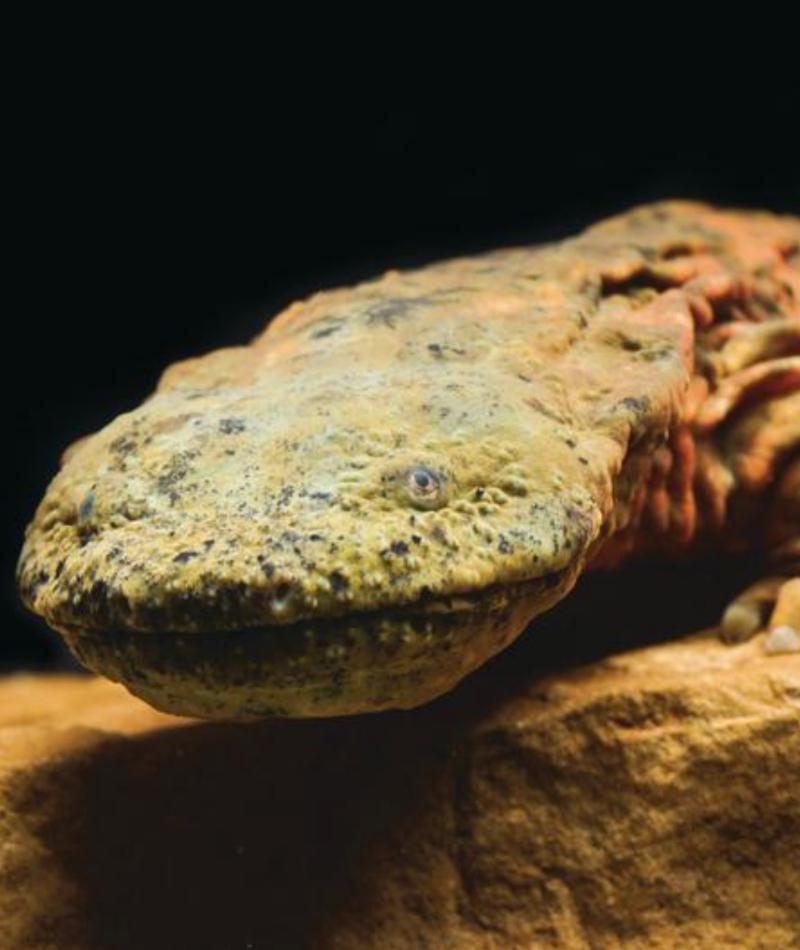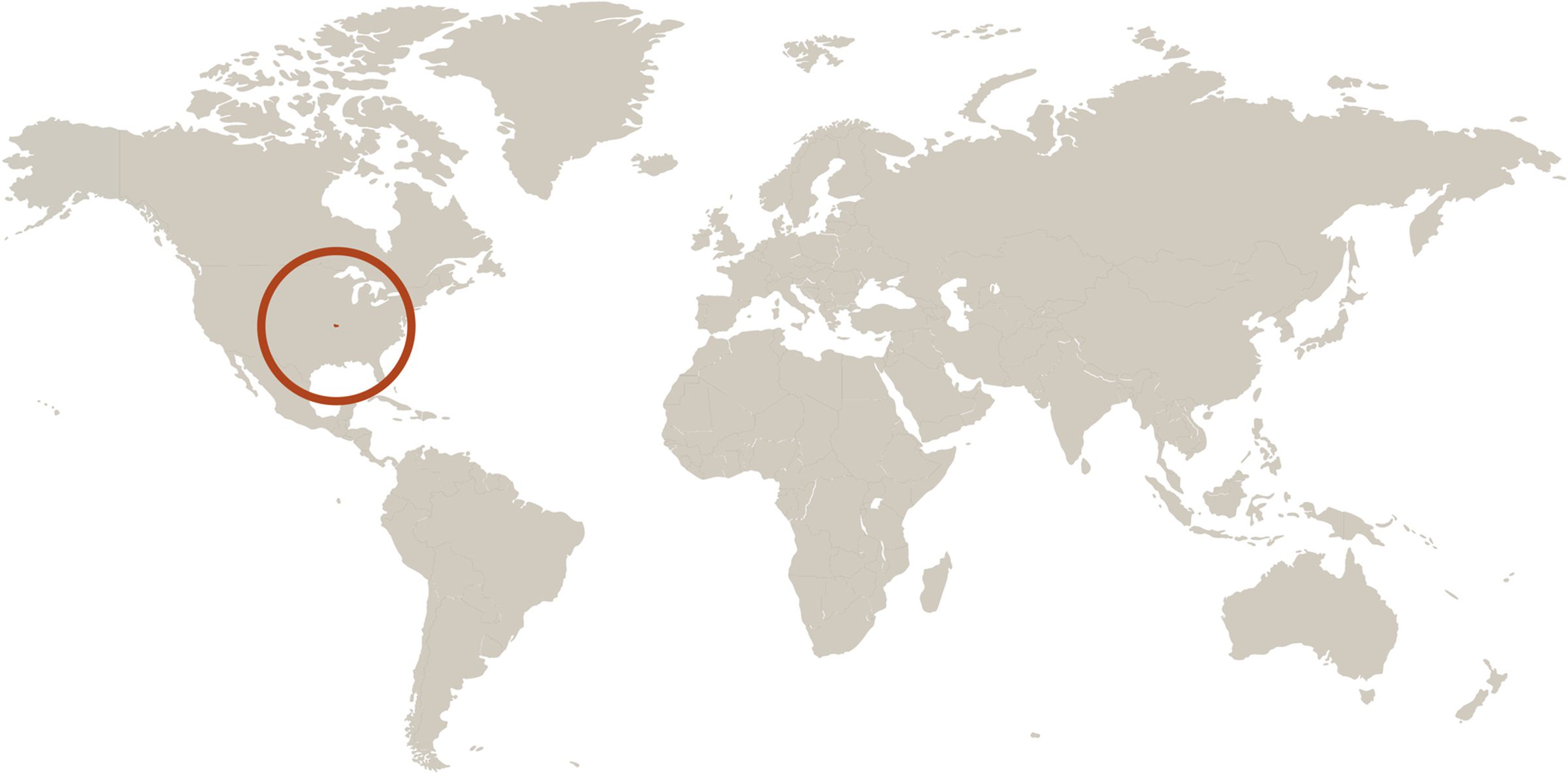
Ozark Hellbender
Cryptobranchus alleganiensis bishopi
Did you know?
- Ozark hellbenders are a part of the Cryptobranchidae family, which they share with other giant salamanders.
- Missouri is the only state that is home to both subspecies of hellbender, the eastern hellbender and the Ozark hellbender.
- They live in clear streams with moderate to fast currents in Southcentral Missouri and Northcentral Arkansas.
- Hellbenders are one of the largest species of salamanders in the world.
Adaptations
Both Ozark hellbenders and eastern hellbenders are fully aquatic salamanders. Their slippery, flattened body moves easily through water, and their well-developed legs and oar-like tail help them walk against the current with little resistance. These amphibians have natural camouflage. Their skin is brown with black splotches, perfect for blending in with their surroundings and avoiding potential predators. They have a large mouth that allows them to swallow their prey whole.
Young and Family
Except for the breeding season, hellbenders are solitary. In the fall, a male hellbender will set up a nesting site under a large stone and wait for a willing female to enter. After a brief courtship, the female deposits a clutch of eggs, between 200 and 500! After the male fertilizes the eggs, the female leaves the nest. It is the male who defends the nest for the next 45 to 60 days, until the eggs hatch into larvae
Threat Level
- Unknown
- Common
- Near Threatened
- Threatened
- Endangered
- Critically Endangered
- Extinct in the Wild
Critically Endangered
The Ozark Hellbender faces an extremely high risk of extinction in the wild.
Range
South central Missouri, North central Arkansas
Habitat
Cool, clear streams with moderate to fast currents

We care about Ozark hellbenders
Hellbenders face many dangerous predators, but their biggest enemy is people. People have caused problems for hellbenders by altering and polluting their habitat. Since 1990, hellbenders that live in the Ozark Mountains of Missouri and Arkansas have suffered greatly, declining by more than 70%.
The Saint Louis Zoo is leading conservation of this species both at the Zoo and in the wild. The Saint Louis Zoo's Ron and Karen Goellner Center for Hellbender Conservation assists researchers who are studying the water quality of the hellbenders' native habitat in Missouri and Arkansas while also managing a captive breeding program for reintroduction to the wild.
The Saint Louis
Zoo was the first organization to successfully breed captive Ozark
hellbenders in the world. We have released thousands of hellbenders into
the wild, and we support these salamanders in the Herpetarium at the
Zoo. Learn more about how we are helping hellbenders in the wild.
Find this animal in Historic Hill

SAINT LOUIS ZOO ZONE
Historic Hill
Historic Hill is a lovely stroll through one of the oldest parts of the Saint Louis Zoo. From the 1904 World’s Fair Flight Cage to the Spanish architectural flavor of the 1920s in the Bird House, Primate House and Herpetarium to the finishing touches of our thoroughly modern exhibits, this area of the Zoo has a unique ambiance and a nostalgic history that make it a great destination.

